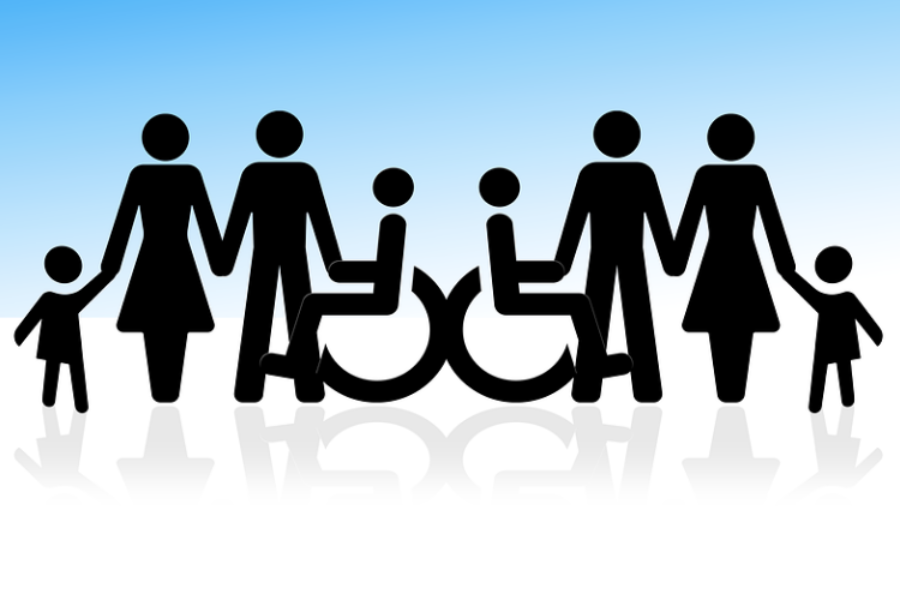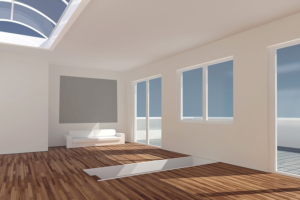
As someone who is living with a disability, your home should be a place where you can easily maneuver, allowing for ease of living and relaxation. Whether you are looking for a new home or would prefer to modify your current one, the following tips will set you on the right path to a more accessible home.
Run the Numbers If you are considering buying a home to meet your disability-related needs, it is important to consider how much home you can afford. The homes you look at shouldn’t be more than three to five times your household income. Do some research on the homes in your area and see what the average listing price is. For example, homes in Montecito have a median listing price of $3.75 million. In addition to filtering by price, there are easy ways to filter for homes in your area that are accessible, such as searching for homes that are one-story or have a step-free entry.
Search for Accessible Homes As you begin the search for an accessible home, keep in mind that accessibility is a broad term that can mean different things depending on who you ask. The house needs to have accessibility features such as extra floor space, grab bars, a main-level bedroom, a kitchen with lowered cabinets/counters, and a ramp if the entryway has stairs.
Determine What You Need If you are considering modifications, it is important for you to go room by room and take into account exactly what you need to make navigating your home easier and safely. Start by looking at entryways. Maybe you could benefit from having a ramp or lift installed, or perhaps the doorways need to be widened to make room for a wheelchair. Flooring is another area of concern, and it could pose a safety risk if it is a material that is hard to walk or navigate through such as carpet. In the bathroom and kitchen think about including grab bars, a roll-in shower, lowered counters, and widened doorways/hallways in all areas of the home. Your home should work for you, not against you. Whether you choose to start from scratch or modify your current one, is it important that you keep your current and future needs in mind. With the right modifications, you can have an accessible home that helps you thrive.
Article provided by Medina at Accessiville.org.






